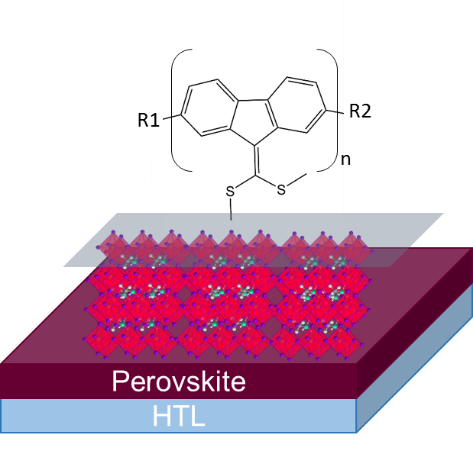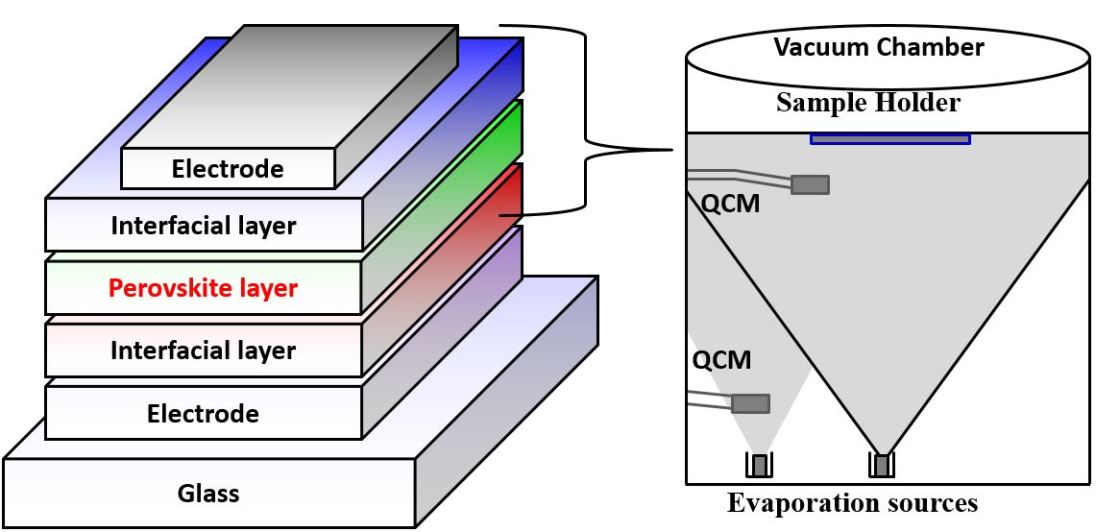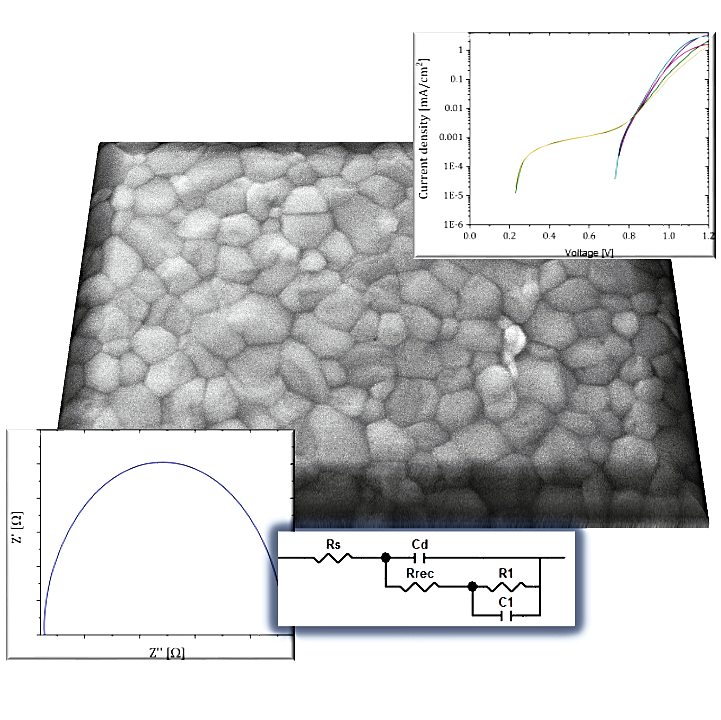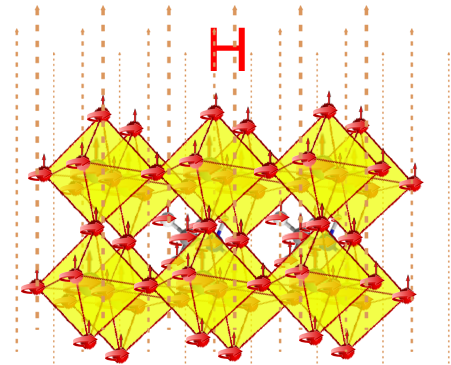Department Active Materials and Interfaces for Stable Perovskite Solar Cells
Research
New hole transport materials with planarized fluorine moieties are synthesized and applied in the inverted plannar perovskite solar cells. The introduction of sulfur atoms in the new HTMs are expected to function as Lewis base for passivation of under-coordinated lead in the perovskite film. Thus it will help to suppress the recombination at the interface of perovskite and HTMs.
Improvement in stability of perovskite requires a comprehensive understanding of intrinsic material’s degradation. Despite numerous research efforts, there are still uncertainties about material’s property with respect to long term stability. Knowledge about control parameters of perovskite degradation will be beneficial to address stability. Subsequently, this knowledge can be translated into fabrication method for more stable solar cells. In particular, using different characterisation techniques, the dynamic behaviour of electronic components in perovskite solar cells during operational process is investigated. To enhance the stability of perovskite, compositional engineering is explored. Within the scope of this PhD project various aspects including morphology improvement, defects reduction, etc. are also considered.




